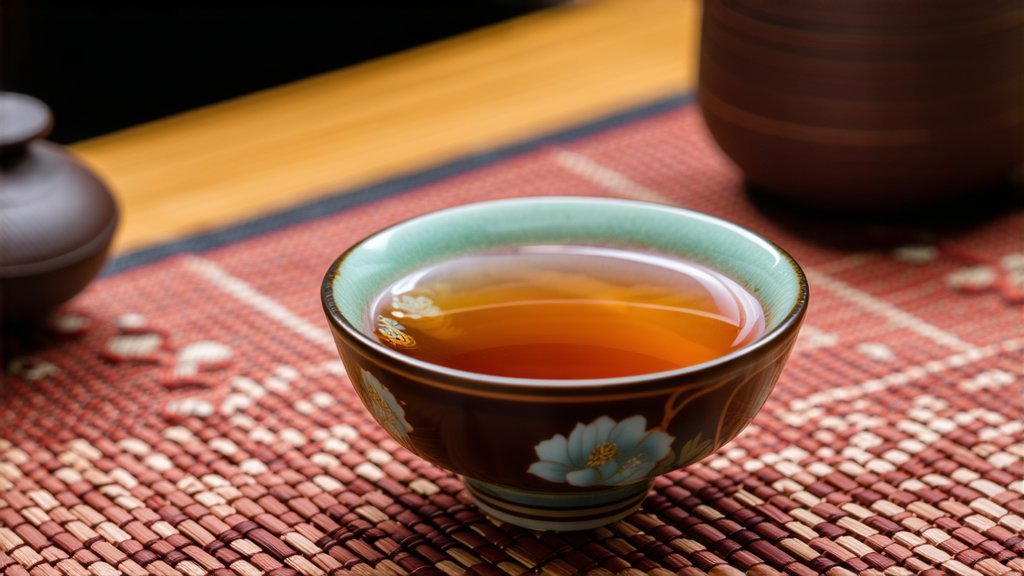
Pu-erh tea, a distinguished variety within the realm of Chinese black teas, stands as a testament to the profound heritage and intricate craftsmanship that define China's tea culture. Originating from the Yunnan Province, this tea has captivated the hearts and palates of tea enthusiasts worldwide for centuries, owing to its unique fermentation process and the depth of flavors it develops over time. This exploration delves into the historical roots, varieties, meticulous production techniques, and the art of appreciating Pu-erh tea, shedding light on why it remains an integral part of the global tea narrative.
Historical Background
The story of Pu-erh tea dates back over a thousand years, with its origins traced to the ancient tea-horsing trade routes that connected Yunnan with Tibet and other regions in Southwest China. These routes, known as the Tea Horse Road, facilitated not only the exchange of goods but also cultural practices and knowledge, including the cultivation and processing of tea. Pu-erh gained prominence during the Ming Dynasty (1368-1644), when it was first officially recorded as a tribute tea offered to the emperor, highlighting its esteemed status.
Varieties of Pu-erh Tea
Pu-erh tea comes in two primary forms: raw (Sheng) and ripe (Shou). Each type undergoes a distinct post-fermentation process that imparts unique characteristics:
-
Raw Pu-erh (Sheng): Made from sun-dried green tea leaves, Sheng Pu-erh is aged naturally over time, allowing microbial activity and oxidation to gradually transform its flavor profile. It is prized for its potential to evolve complex flavors with age, akin to fine wine.
-
Ripe Pu-erh (Shou): Shou Pu-erh undergoes a controlled fermentation process known as 'wet piling,' where piles of tea leaves are kept moist and warm to accelerate microbial growth and fermentation. This process typically takes several months and results in a mellower, earthier taste compared to its raw counterpart.
Production Techniques
The creation of Pu-erh tea is an art form that involves several stages:
-
Picking: Only the youngest, tender leaves and buds are handpicked to ensure quality.
-
Withering: Freshly harvested leaves are spread out to wilt under the sun, reducing moisture content.
-
Fixation: Leaves undergo a brief heating process to halt enzymatic activity and preserve their green color.
-
Rolling: The fixed leaves are rolled to release juices and shape them into tight rolls or cakes.
-
Drying: The rolled leaves are dried again to further reduce moisture.
-
Fermentation: For Sheng Pu-erh, this occurs naturally during storage; for Shou Pu-erh, it involves the aforementioned wet piling process.
-
Aging: Both types benefit from proper aging, which enhances their flavors and aromas.
Appreciating Pu-erh Tea
To truly appreciate Pu-erh tea, one must engage in a mindful tasting ritual:
-
Warming the Teaware: Begin by rinsing your teapot and cups with hot water to cleanse them and maintain the tea's temperature.
-
Measuring: Use approximately 5-7 grams of tea per 100ml of water for a balanced brew.
-
Infusion: Rinse the tea leaves briefly with boiling water to awaken the flavors, then discard this initial wash. For subsequent steepings, pour hot water (around 95°C) over the leaves and let it steep for about 10 seconds initially, gradually increasing the steeping time with each infusion.
-
Observing: Admire the transformation of the dry leaves into a vibrant infusion, savor the evolving hues of tea liquor.
-
Smelling & Tasting: Inhale the aroma deeply before taking small sips, allowing the tea to coat your palate fully. Note the complexity of flavors, from earthy undertones to subtle sweetness and hints of fruitiness or floral notes.
-
Multiple Infusions: Pu-erh tea is renowned for its ability to be infused multiple times, each brew revealing new dimensions of flavor.
In conclusion, the allure of Pu-erh tea lies not just in its taste but in its ability to connect us across time and cultures, embodying the essence of Chinese tea philosophy—harmony, respect, purity, and tranquility. As we continue to explore and celebrate this remarkable beverage, we honor a tradition that has been perfected through generations, fostering a deeper appreciation for the artistry and science behind every cup of Pu-erh tea.